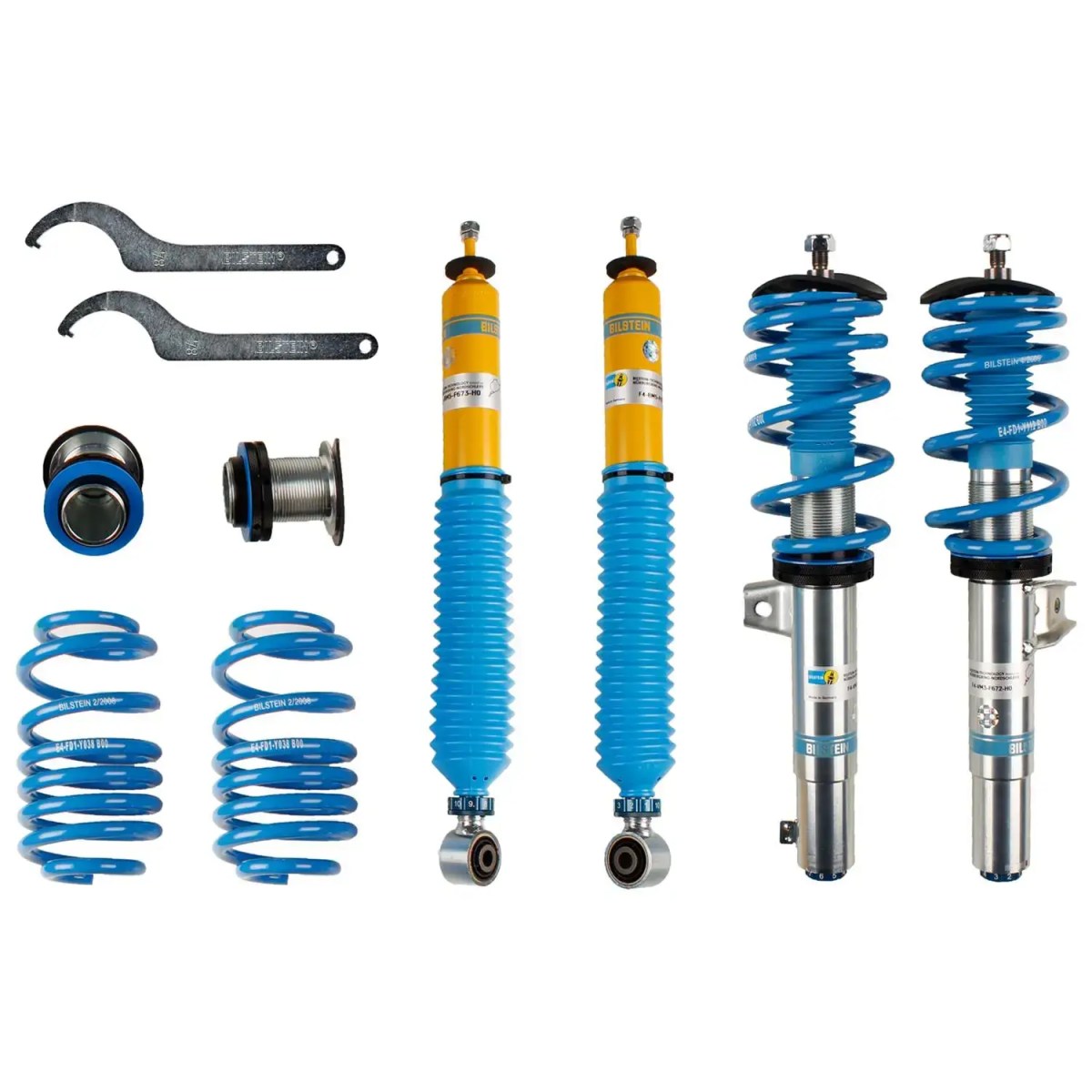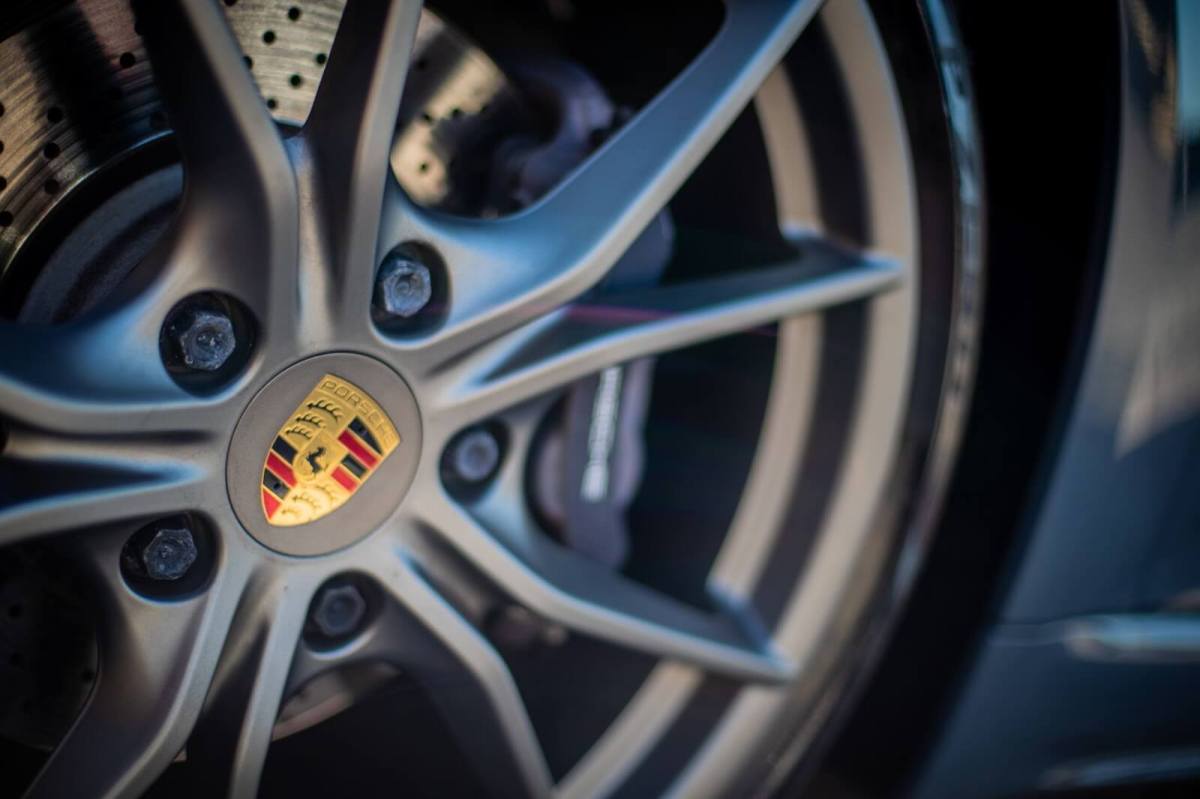
Shave Seconds, Not Tires: The Autocross Guide to Faster Lap Times
Autocross, the ultimate test of car control and driver skill, is a sport where milliseconds matter. Unlike wheel-to-wheel racing, autocross pits you against the clock, demanding precision, quick reflexes, and a deep understanding of your vehicle and the course. Whether you’re a seasoned autocrosser or a complete novice, there’s always room for improvement. This guide breaks down the key areas to focus on to lower your lap times and climb the leaderboard.
I. The Foundation: Car Preparation and Maintenance
Before you even think about cornering techniques, ensure your car is in optimal condition. A well-maintained machine is a faster, safer, and more predictable machine.
- Tires: Tires are the single most crucial component in autocross. Invest in a set of dedicated autocross tires (often referred to as R-compound or DOT-approved track tires) if your budget allows. These tires offer significantly more grip than standard street tires.
- Tire Pressure: Experiment with tire pressures to find the optimal balance for your car and driving style. Start with the manufacturer’s recommended pressure and adjust based on tire temperature and wear patterns. Chalking the sidewalls can help you visually determine if you’re rolling over too much.
- Tire Temperature: After each run, use a pyrometer to measure tire temperatures across the tread. Aim for even temperature distribution, indicating optimal contact patch.
- Suspension: A well-tuned suspension is critical for handling.
- Alignment: Get a performance alignment with increased negative camber (within class rules) to improve cornering grip. Toe settings can also be adjusted to fine-tune turn-in and stability.
- Shocks/Struts: Consider upgrading to aftermarket shocks or struts to improve damping and control body roll. Adjustable dampers allow you to tailor the suspension to different courses and conditions.
- Sway Bars: Stiffer sway bars can reduce body roll and improve responsiveness. Experiment with different bar rates to find the right balance for your car.
- Brakes: Ensure your brakes are in top condition.
- Brake Pads: Upgrade to performance brake pads with a higher coefficient of friction.
- Brake Fluid: Use high-temperature brake fluid to prevent brake fade.
- Brake Lines: Stainless steel brake lines improve pedal feel and reduce brake line expansion.
- Fluids: Check and top off all fluids (oil, coolant, power steering fluid) before each event.
- Weight Reduction: Reducing weight is one of the most effective ways to improve performance. Remove unnecessary items from the car, such as spare tires, tools, and cargo.
II. The Art of Course Walking: Visualizing Success
Before you get behind the wheel, dedicate time to thoroughly walk the course. This is where you build a mental map of the layout and identify key areas for optimization.
- Identify the Fastest Line: Look for the smoothest, most direct path through the course. Avoid sharp turns and unnecessary steering inputs.
- Cone Management: Be aware of cone locations and penalties. Plan your line to avoid hitting cones while maximizing speed.
- Reference Points: Use cones, trees, or other landmarks as reference points for braking, turn-in, apex, and track-out.
- Elevation Changes: Pay attention to elevation changes, as they can affect grip and braking.
- Surface Conditions: Note any changes in surface conditions, such as bumps, cracks, or loose gravel.
- Visualize Your Run: As you walk the course, visualize yourself driving the fastest possible line. Imagine the steering inputs, braking points, and throttle application.
III. Mastering the Fundamentals: Driving Techniques
Autocross rewards smooth, precise driving. Focus on mastering these fundamental techniques:
- Smooth Steering: Avoid abrupt steering inputs. Use smooth, deliberate movements to maintain grip and balance.
- Proper Braking: Brake smoothly and progressively, maximizing deceleration without locking up the wheels. Use trail braking (gradually releasing the brakes as you turn into the corner) to help rotate the car.
- Throttle Control: Use smooth, progressive throttle application to maintain traction and accelerate out of corners. Avoid sudden throttle inputs that can upset the car’s balance.
- Weight Transfer: Understand how weight transfer affects handling. Use braking and throttle to shift weight forward and backward, influencing the car’s balance.
- Look Ahead: Focus your eyes far ahead, anticipating the next turn. This will give you more time to react and make adjustments.
- Use All the Track: Utilize the full width of the track to maximize your turning radius and maintain speed.
IV. Advanced Techniques: Taking It to the Next Level
Once you’ve mastered the fundamentals, you can start experimenting with more advanced techniques:
- Heel-Toe Downshifting: Use heel-toe downshifting to smoothly downshift gears while braking, maintaining engine speed and preventing wheel lockup.
- Left-Foot Braking: In certain situations, left-foot braking can be used to fine-tune the car’s balance and rotation.
- Scandinavian Flick (for RWD): A technique where you intentionally induce oversteer to rotate the car for tight corners. It is an advanced technique that requires practice and control.
- Threshold Braking: Braking right at the point of lockup, maximizing deceleration without losing control.
- Early Apex vs. Late Apex: Adjust your apex point based on the corner’s characteristics. Early apexes are generally used for tighter, slower corners, while late apexes are used for wider, faster corners.
- Understanding Oversteer and Understeer: Learn to diagnose and correct oversteer (the rear of the car sliding out) and understeer (the front of the car not turning in).
V. Data Acquisition and Analysis: Unlocking Hidden Potential
Data acquisition systems can provide valuable insights into your driving performance.
- GPS Tracking: Use a GPS data logger to track your speed, position, and acceleration throughout the course.
- Accelerometer Data: Accelerometers measure G-forces, providing information about braking, cornering, and acceleration.
- Throttle and Brake Inputs: Record throttle and brake inputs to analyze your pedal technique.
- Video Analysis: Combine data logging with video recording to visually analyze your driving performance.
- Software Analysis: Use data analysis software to identify areas for improvement, such as braking points, cornering speeds, and throttle application.
VI. Continuous Improvement: The Autocross Mindset
Autocross is a continuous learning process. Embrace the following mindset to keep improving:
- Be Open to Feedback: Seek feedback from experienced autocrossers. They can provide valuable insights into your driving technique.
- Experiment and Adjust: Don’t be afraid to experiment with different driving techniques and car setups. Keep track of what works and what doesn’t.
- Practice Regularly: The more you practice, the better you’ll become. Attend autocross events regularly to hone your skills.
- Stay Focused: Maintain focus and concentration throughout your runs. Avoid distractions and stay present in the moment.
- Have Fun: Autocross is a challenging but rewarding sport. Remember to have fun and enjoy the experience.
Conclusion
Improving lap times in autocross requires a combination of car preparation, driving skill, and a commitment to continuous improvement. By focusing on the fundamentals, mastering advanced techniques, and analyzing your data, you can shave seconds off your lap times and achieve your autocross goals. Remember, it’s not just about speed; it’s about precision, control, and the pursuit of perfection. Happy autocrossing!
